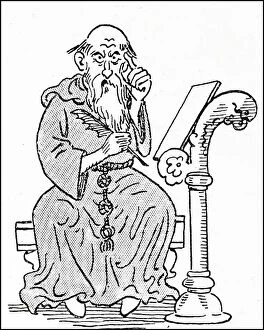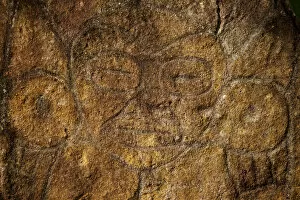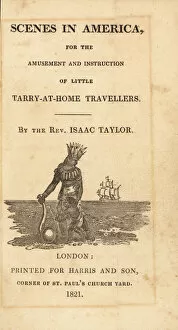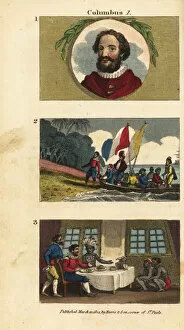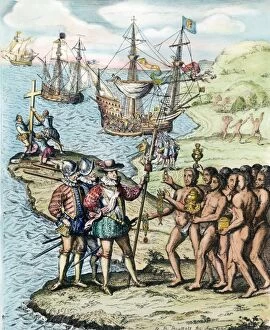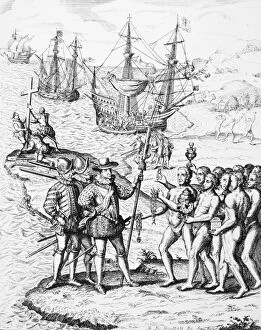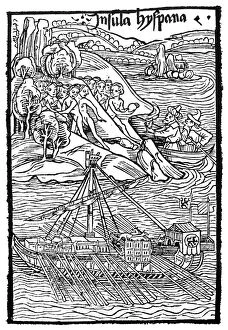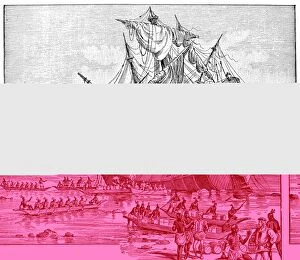Taino Collection
The Taino, an indigenous people of the Caribbean, left a lasting impact on Puerto Rico's history and culture
For sale as Licensed Images
Choose your image, Select your licence and Download the media
The Taino, an indigenous people of the Caribbean, left a lasting impact on Puerto Rico's history and culture. Located along the North Coast in the Karst Country, Utuado is home to the Parque Ceremonial Indigena de Caguana, where remnants civilization can still be found. One remarkable artifact from this era is the lithic ring, representing the rich heritage culture between 1000-1500 AD. This stone object serves as a testament to their advanced craftsmanship and artistic abilities. However, not all aspects of their history were positive. The engraving titled "The Burning of Hatuey" depicts a tragic event that occurred on February 2nd, 1512 when Spaniards attacked Yara in Cuba. It serves as a reminder of the violent encounters between European colonizers and native communities. Christopher Columbus played a significant role in exploring the West Indies and encountering the Taino people during his voyages. Depicted in various scenes such as firing cannons for Taino chieftains or dining with them on Hispaniola, these images illustrate both cultural exchange and conflict. Tainos had unique customs and beliefs reflected through their artifacts like necklaces with amulets made from stones believed to hold spiritual significance. Another intriguing object is the three-pointer Zemi made from stone—a symbol that held deep meaning within their religious practices. Interestingly enough, even manatee bones served a purpose for Tainos; they crafted vomiting sticks out of them for ceremonial use. These objects provide insight into their daily lives and rituals. Despite facing colonization by Europeans like Christopher Columbus who brought devastation upon native populations, it's important to recognize and appreciate elements culture that have survived throughout history. Their legacy continues to shape Puerto Rico's identity today.


